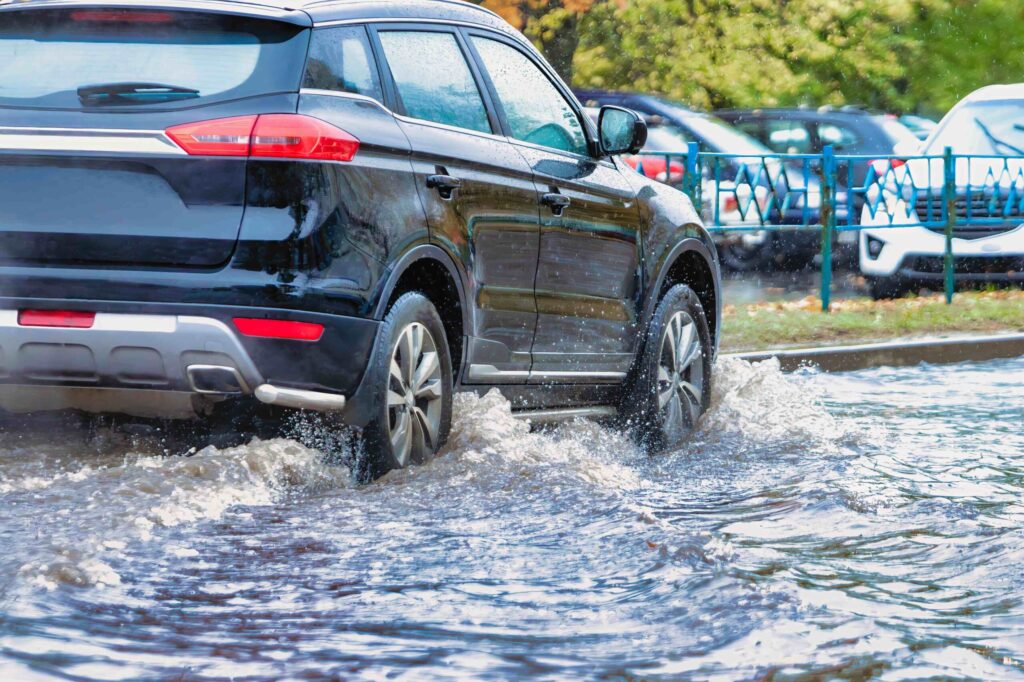
What is a Flood Zone? A Quick Breakdown of Each Zone Code
Every industry uses acronyms and abbreviations. While these might make sense to experts in the area, from the outside looking in, all it does is cause confusion and irritation while trying to learn about a product. This is also true with flood insurance, and while there are other abbreviations associated with it, this article will focus on one of the most significant ones, Flood Zones.
What is a Flood Zone?
Great Question! Before understanding each acronym of Flood Zones, it would be a good idea to know what a flood zone is.
The Federal Emergency Management Agency (FEMA) has classified flood zones as geographical locations with differing levels of flood danger. Flood Zones are then shared on a Flood Insurance Rate Map (FIRM). Each zone displays the level or risk of flooding in that area.
How Many Flood Zones Are There?
FEMA has designated 18 different flood zones across the United States.
What are the Flood Zones?
Let’s start with the “low-risk” zones
Flood Zones “X, B, and C” – These zones are at moderate to low risk of flooding and depending on the specific zone fall in the 100+-500 year flood plain. This means that in these zones, there is a 1% or less chance of a flood each year.
While these zones represent a low risk of flooding, it is still highly advised to obtain a flood insurance policy for your property in this zone as 25% of all floods come from low to moderate-risk areas.
“High-risk” flood zones represent a 1% or greater chance of flooding annually and a greater than 25% chance of a flood during any 30 year mortgage period.
Each specific zone in a high-risk area will contain more specific details as to why the area is in fact high-risk. These factors can include but are not limited to properties in the following areas:
- Coastal Properties
- Properties located near rivers, and lakes
- Areas protected by levees or dams
- Areas that are usually protected by levees or dams but are under repair
Flood zones A, AE, A1-30, AH, AO, AR, A99, V, VE, and V1-30 would all be regarded as “high-risk” locations for a particular reason. Working with an experienced flood insurance specialist in these locations is strongly encouraged since they will be able to help you understand the flood map and explain why your property is in this risk zone.
Instead of leaving you with more questions than when you started, working with an independent agent who is knowledgeable about flood insurance can provide a great educational experience on your property and the hazards associated with it. With decades of training and experience in flood insurance, our specialists at The Staples Agency are always delighted to help you understand the ins and outs of a policy. When you’re prepared for an in-depth conversation, get in contact with us here.
